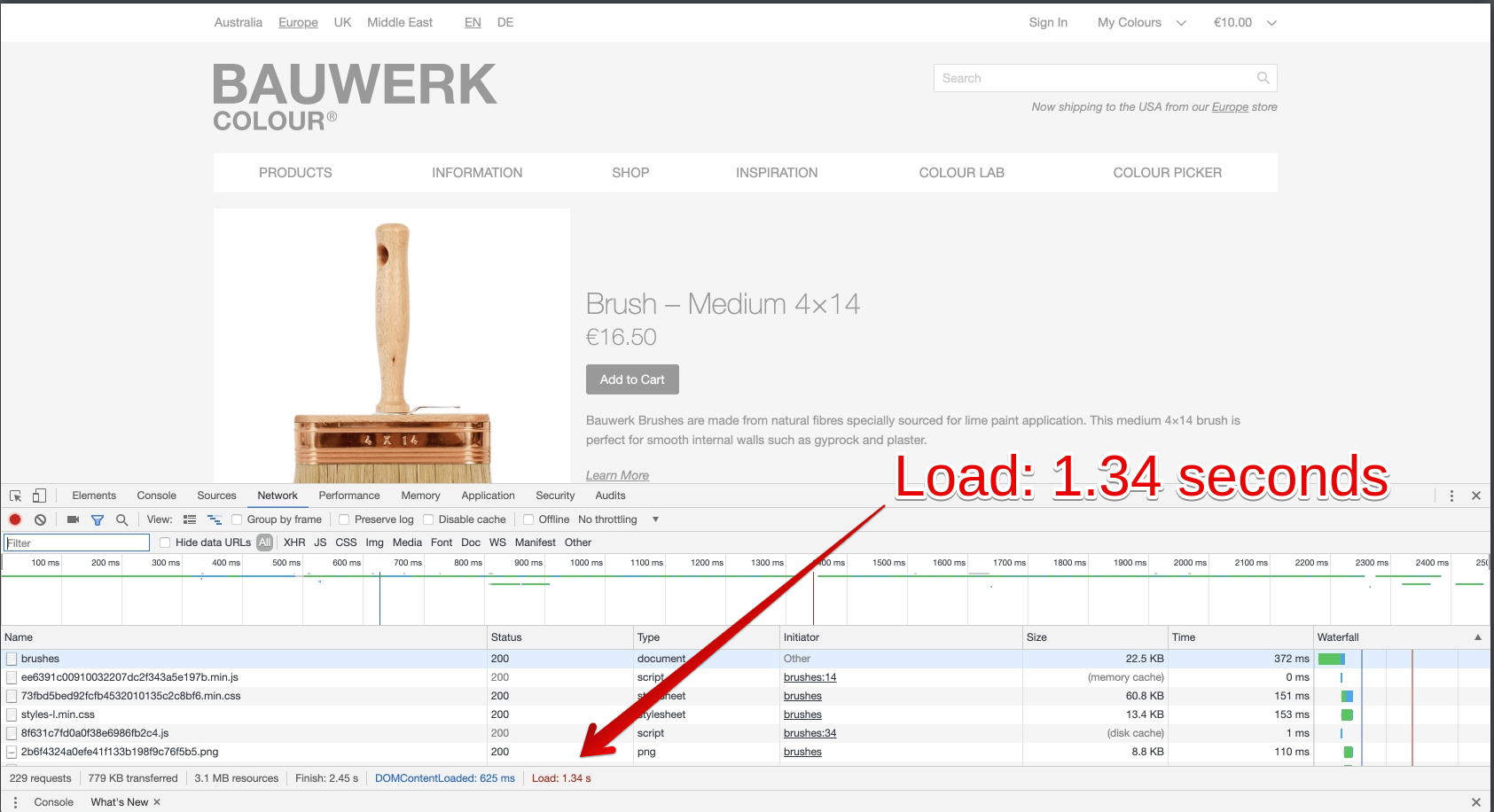By Yuliana Hunchak on September 27, 2019 in Ecommerce Tips

Do you want to tune up the performance of your ecommerce website? Of course, you do! Performance plays a major part in the success of ecommerce stores. Performance lags are the main reasons for site abandonment, high bounce rates, low conversion rates, and poor customer retention.
Customers tend to abandon sites that take more than 3 seconds to load, so you should always be in search of ways to tune up Magento 2 performance across a variety of devices.
Major Steps of Magento 2 Performance Tuning
Tuning Magento 2 performance can be a challenging task. If you’re worried about destroying something, leave it to a professional development team to manage the technical aspects. Our team compiled the list of recommendations on how to tune up the performance of your Magento 2 store.
Upgrade to Latest Magento 2 Version
First of all, make sure that you are upgraded to the latest version of Magento 2 as the Magento team releases new versions periodically that are offering better performance, smooth integrations with third-party services, improved security, fixed bugs, and other improvements. The latest and most optimized version is 2.3.2 — which is even faster than 2.0.
Follow Magento Performance Best Practices
Magento 2 documentation provides a special guide titled Performance Best Practices including hardware/software recommendations as well as advanced techniques for configuring your ecommerce store.
One of the Magento recommendations is turning on all the caches from the System > Tools > Cache Management page with the help of open-source web application accelerator Varnish Cache. The accelerator allows you to reduce the server response time and bandwidth consumption.
Magento team also recommends enabling asynchronous email notifications. By doing so checkout and order processing email notifications are handled as background processes. To enable this feature, go to Stores > Settings > Configuration > Sales > Sales Emails > General Settings > Asynchronous Sending.
If you don’t have client-side optimization settings enabled, make sure you change this as quickly as possible. Go to the Admin in Default or Developer mode — Stores > Configuration > Advanced > Developer — and modify the following settings to enhance site responsiveness:
Settings Group | Setting | Value |
|---|---|---|
Grid Settings | Asynchronous indexing | Enable |
CSS Settings | Minify CSS Files | Yes |
JavaScript Settings | Minify JavaScript Files | Yes |
JavaScript Settings | Enable JavaScript Bundling | Yes |
Template Settings | Minify HTML | Yes |
Increase “cache” flow
Cache is a way to pre-load web pages or parts of a web page for quicker content delivery and faster loading. We recommend using Varnish and Redis together.
Varnish full page caching is an open-source caching solution that operates as a web accelerator. By storing parts of a page (files, page elements) in its memory Varnish reduces response time and saves bandwidth.
Redis session storage caching is another open-source solution used for caching sessions in Magento 2. It supports different types of data structures and can cache full pages as well as user sessions.
Get a CDN to Speed up Content Delivery
Content Delivery Network (CDN) is a special system that can connect all cache servers. CDNs are great because they support geographical proximity. This type of architecture allows CDNs to provide content like images, media, and CSS/JS files, lightning-fast. The majority of web traffic today is delivered through CDNs.
Magento comes pre-configured to support CDNs. No matter which CDN you decide to use, be it Akamai, Cloudflare, Amazon Cloudfront, or any other CDN, you have to do it manually by following the guide Using a CDN. Depending on your site (extensions, themes, modules, content), the time saved could be measured in milliseconds.
Select a Fast Hosting Provider
There are things you can neglect, but hosting provider isn’t one of them. There’s a small probability that you can have a fast site with a cheap hosting provider. Make sure you choose a hosting plan with solid-state (SSD) hard drives and at least 2GB of RAM.
The exact requirements will differ depending on your store. If you’re opting for shared hosting or virtual private hosting, server location should be taken into account.
Get a Site Audit to Identify Bottlenecks
An audit identifies issues and any technical debt, solves those issues, and then shows the performance after modifications. Some recommendations to follow:
- Disable core modules you don’t use. These include extra languages; offline shipment and payments; backup, captcha, persistent; multi shipping, checkout agreements; product types and others).
- Disable unnecessary features. Remove unneeded features like reports from observers, plugins, and layout elements
- Check third party extensions and modules. Assess which modules are causing bottlenecks and come up with a strategy to optimize them or replace them with a faster option.
- Perform code optimization and database audit. An audit of the code and database is a must. Maybe the search function on your site is ineffective; we can replace it with Elasticsearch or Algolia search. It all depends on your goals.
- Follow Google performance guidelines. At Elogic we often apply Google’s guide to image optimization and Google recommendations for performance.
Here’s an example of how we increased performance with a few simple steps. Our client, Bauwerk Colour, wanted to perform a technical audit. After we assessed the problems, we decided to switch the hosting to Amazon Web Services. We also did some frontend tweaks. Here is the result:
Before

After

Bottom Line
Magento is a robust solution that can operate faster or slower depending on how well you optimize it. Tuning up your Magento 2 store to the highest performance level can be a daunting task. The above-mentioned tips can help you to speed up your Magento 2 store and accelerate your workflow.
Read Also: 8 Tips to Boost Magento Performance That Most Developers Ignore












